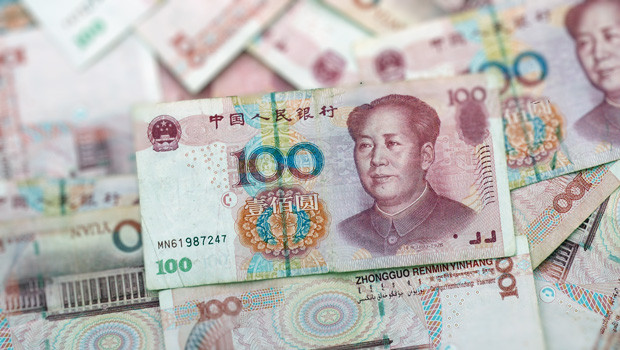Asia report: Markets finish mixed as Chinese exports decline

Asia-Pacific markets displayed a mixed performance on Wednesday, as investors analysed new trade data released by China for May.
The moves followed a rather flat session on Wall Street overnight, where all three major US stock indices ended with marginal gains.
“Asian equity markets experienced mixed trading on the back of positive momentum from Wall Street, where the S&P 500 achieved its highest close of the year and the Russell 2000 saw gains driven by regional banks,” said Patrick Munnelly at TickMill.
“The VIX index dropped to its lowest level since early 2020, reaching a 14-handle.
"Several prominent large-cap companies, including Apple, Microsoft and Nvidia faced selling pressure, Nvidia, in particular, saw its shares decline for the third consecutive day after reaching all-time highs.”
Equities mixed across region, Japan stocks fall
Japan's stock market underperformed with the Nikkei 225 and the Topix index down 1.82% and 1.34% respectively, closing at 31,913.74 and 2,206.30 points.
Leading the market decline on Tokyo’s benchmark were Shionogi, Daikin Industries, and Tokyo Electron, all reporting losses above 4%.
In China, the markets presented a mixed bag as the Shanghai Composite edged up 0.08% to close at 3,197.76, while the Shenzhen Component declined 0.6% to settle at 10,708.82.
Standouts for the day in Shanghai were Guangshen Railway and Hongda, with each gaining more than 10%.
Hong Kong's Hang Seng Index rose 0.8% to 19,252.00, with Techtronic Industries, Sunny Optical Tech, and JD Health each posting gains exceeding 4%.
South Korea's Kospi closed virtually unchanged, gaining a mere 0.01% to end at 2,615.60 points.
Dayou Plus and Dongwon Metal led the market, with impressive gains of 16.7% and 15.21%, respectively.
The Australian S&P/ASX 200 slipped slightly by 0.16% to finish at 7,118.00, as Beach Energy and Incitec Pivot pulled the market down with losses of 8.1% and 4.75% respectively.
New Zealand's S&P/NZX 50 experienced a loss of 0.89%, closing at 11,759.15.
A massive 77.98% drop in Pacific Edge heavily weighed on the index, with Synlait Milk also contributing a 5.88% decline.
In the currency markets, the yen was last 0,.27% stronger on the dollar to trade at JPY 139.25, while the Aussie was ahead 0.49% at AUD 1.4916.
The Kiwi also advanced on the greenback, and was last 0.09% stronger to change hands at NZD 1.6438.
Energy prices also showed positive signs, with both Brent crude and West Texas Intermediate futures up by 1.14% and 1.23%, reaching prices of $77.16 and $72.62 per barrel, respectively.
Chinese exports unexpectedly decline, Australian economic growth slows
In economic news, China reported an unexpected 7.5% decline in exports for May, significantly outpacing the predicted 0.4% drop projected in a Reuters poll.
Imports meanwhile saw a year-on-year decrease of 4.5%, a moderate outcome considering the anticipated 8% decline.
China's trade surplus, however, fell short of expectations, settling at $65.81bn.
“We think that Chinese exports will decline in the second half, while capital inflows are likely to slow, in response to signs of a flagging recovery,” said Duncan Wrigley at Pantheon Macroeconomics.
“The big question is whether China will opt for a significant stimulus to boost growth, or be content with targeted fiscal, quasi-fiscal and monetary policy support to keep growth on track for the relatively modest ‘about 5%’ GDP growth target.
“We think the latter is more likely, as policymakers are focused on structural issues such as technology development and reluctant to repeat another debt-fuelled big stimulus that creates longer-term financial risks and wasted investment projects.”
Elsewhere, Australia's economic performance showed a moderate expansion in the first quarter of the year.
The country’s gross domestic product grew 2.3% year-on-year, just missing analyst expectations.
It made for the slowest pace in a year and a half, since the nation recovered from the Covid-19 lockdown imposed in September 2021.
Economists surveyed by Reuters had predicted a GDP expansion of 2.4%, compared to the more robust 2.7% growth in the last quarter of 2022.
On a quarter-to-quarter basis, Australia's GDP only expanded by 0.2%, a slight miss against the projected 0.3% growth.
Reporting by Josh White for Sharecast.com.